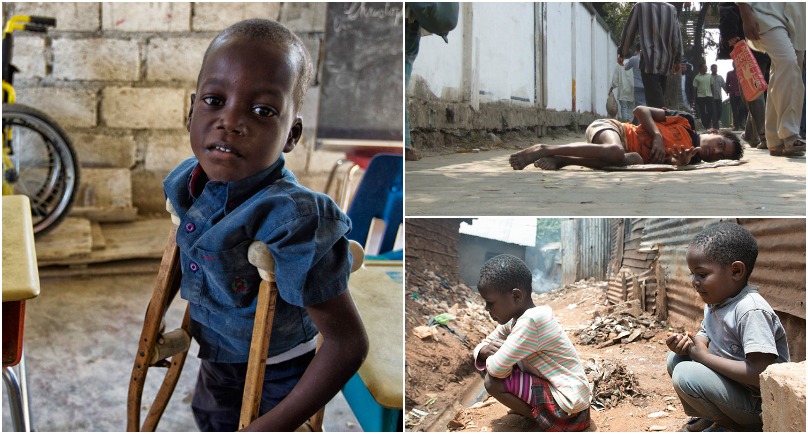By Samantha Semoso – EMTV Online
Worldwide, the number of people with disabilities in both developed and developing countries experiencing higher rates of poverty across their lifespan, as well as social exclusion.
They are among the poorest of the poor, and are more likely to be worse off than non-disabled people. Clearly people with disabilities experience higher levels of poverty around the world.
Disability is not an individual situation. It impacts both the individual with the disability, and his or her family, as well as the economic well-being of their families.
In the World Report on Disability, the World Health Organisation and the World Bank estimate that:
- People with disabilities account for approximately 15 per cent of the world population, i.e. more than one billion people.
- 80 per cent of people with disabilities live in developing countries
- There is a strong link between disability and poverty, disability being both a cause and consequence of poverty; poor people are more likely to become disabled, and people with disabilities are among the poorest
- Any effort to reduce and eliminate poverty can only be effective if it takes into account people with disabilities, who are among the most vulnerable groups.
- It is important to consult with people with disabilities directly to understand their situation and better meet their priorities.
The World Report also highlights the number of people with disabilities is increasing, partly because we live longer, and because chronic conditions such as diabetes and cardiovascular disease are increasing. Other environmental factors such as road accidents and natural disasters contribute to the increase as well.
Links between disability and poverty include:
- Dangerous and unhealthy living conditions, such as inadequate housing, water and sanitation, and unsafe transportation and work conditions
- The absence or inaccessibility of timely and adequate medical care or rehabilitation
- Limited access to education and employment. People with disabilities are more likely to be unemployed and are generally paid less when they are employed
- Social exclusion: people with disabilities often do not have access to public spaces because of physical barriers, and often cannot participate in political decision making.
Therefore, poverty rates are higher for people with disabilities than for those who do not have a disability. The cost of excluding people with disabilities must be considered both at the individual level and for society at large.


